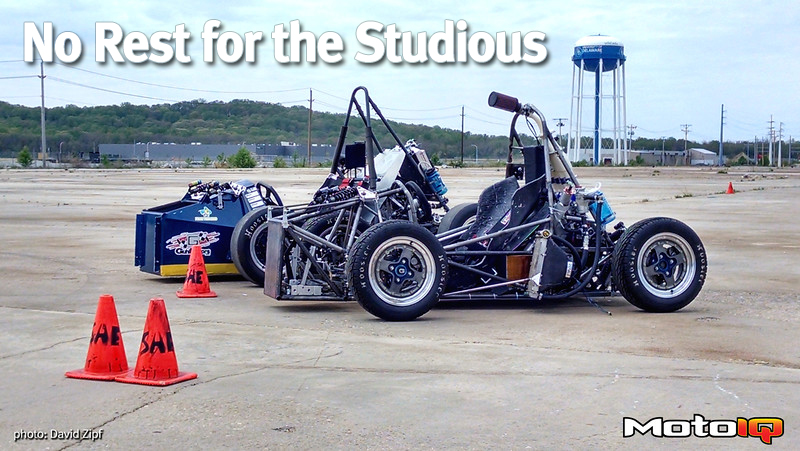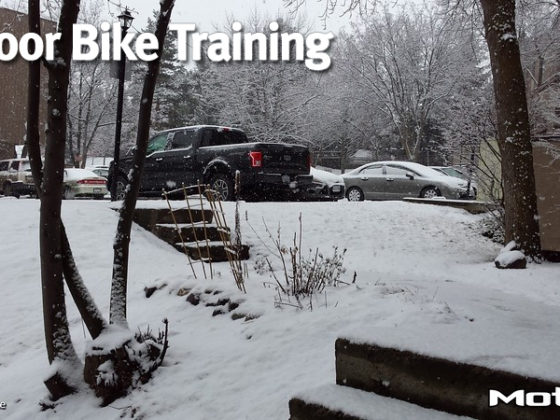,


Our old car used a big fat lead acid battery like the one on the left. The BHR14 used a superlight Li-Fe battery provided by Battery Tender. This saved 10 pounds. 10 pounds!!! Because this battery is so light, we could also use a lightweight (read: 3D printed) battery box to hold it to the car, saving another pound or two. We went with an Li-Fe battery because it can be wired like a standard lead-acid battery (again, dictated by SAE safety rules). Battery Tender provided two batteries as well as an Li-Fe approved charger to prevent overcharging and potential fires.

Here, wiring wizard Chris shows his apprentice Ryan some of his wiring knowhow. Chris built the entire wiring harness himself. It was made in two parts. The first section, which our wiring boys are working on here, uses the original Suzuki GSXR-600 harness. This section would actually run the engine and things like lights, kickstand switches, etc. were removed to make the harness useful in a racecar.

A second harness was built that teed into the Suzuki harness. This harness ran all the driver controls and, more importantly, included all of the outputs needed to run our datalogging AIM MXL dashboard. By keeping these harnesses separate, the team would be able to switch engines with ease (this is the fourth different engine UD has used in the last decade and as we found out even different year GSX-R engines can have very different wiring harnesses) and not have to rebuild the complicated data logging harness again. Chris is a twice certified wiring installer who cut his teeth on car stereos and security systems. Wiring is a black art for most car people and Chris knew his stuff: hence why we called him a witch.

One of Chris’s novel inventions was this remote box we used for bench testing and troubleshooting the engine. It plugs directly into the modified Suzuki harness and includes all the inputs needed to fire the engine. Since we were all kids of the 90s, we called it the Gameboy.

With the car ready for its first drive, we pulled it out and put it nose to nose with its older brother. WOW we really shrunk this sucker down. It’s smaller in just about every dimension, especially in weight. At this point we were something like 120 lbs down on our previous car, but there were still a lot of missing parts to add on.

This was a HUGE moment for us. Not only is BHR14 running, but so is the BHR13! I’ve been a part of this SAE team for 7 years (long story) and we’ve only had two cars running at the same time once before. The new car still needed a proper tune, but for its first shakedown it went very well, running nearly a full day without major issue.



